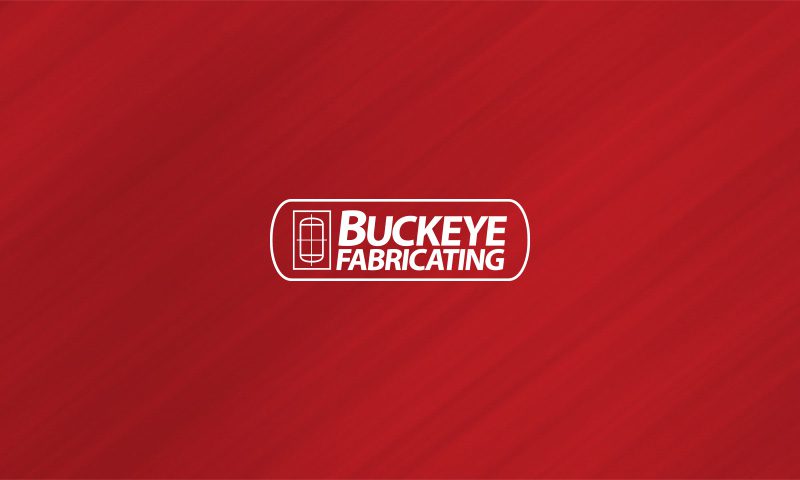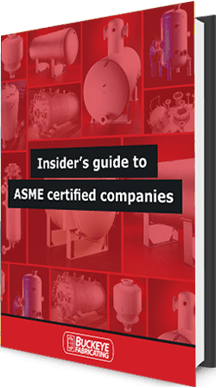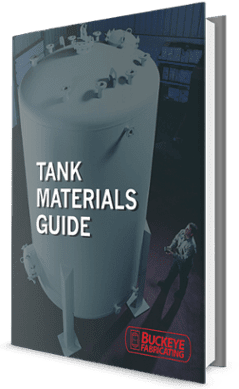The safety and integrity of a pressure tank depends to a large degree on the properties of the tank material used in its fabrication. This is why it is important that a careful assessment of how the tank will be used is conducted at the design stage and that the materials are carefully selected. In a report to the World Congress on Engineering in 2010, the improper selection of pressure vessel material and the use of material containing defects were included in the list of the main causes for the failure of pressure vessels. Other material-related failures include corrosion, cracking, embrittlement, fatigue and stress.
It is for this reason that the National Board of Boilers and Pressure Vessel Inspectors require that a material test report must be supplied when tank material is ordered. Despite this, there’s evidence to indicate that material certification procedures are not always correctly followed, particularly for tank material sourced from specific locations overseas. Incidents have been noted of the incorrect material being supplied as well as material that does not fully conform to the material specification. Many incidents relate to materials supplied from low-cost manufacturers situated in various overseas countries. Another issue is material with unacceptable defects. Often, when suspect materials are subjected to destructive testing, they are found not to comply with properties as specified on the certificate. These incidents point to the need to deal with reliable and reputable material suppliers and to avoid the temptation to purchase on price alone.
The other area of concern is that the actual operating conditions of a pressure tank may not be the same as those which were specified at the design stage. In such conditions, premature failure of tank material is a real possibility. Naturally, the design operating pressure and temperature of a pressure tank should not be exceeded; however, other factors can create unexpected problems. These include the properties of chemicals used in the tank as well as their concentration and temperature. For example, the rate of corrosion of a carbon steel tank may vary with the concentration of certain chemicals. Another effect is that corrosion rates may be unacceptably high at elevated temperatures. Stainless steels are sometimes specified in preference to carbon steels for their corrosion resistance, but other problems such as stress corrosion cracking and embrittlement may arise. Before selecting tank material a thorough assessment of all likely failure modes should always be conducted.



 ASME Informational
ASME Informational Tank Materials
Tank Materials